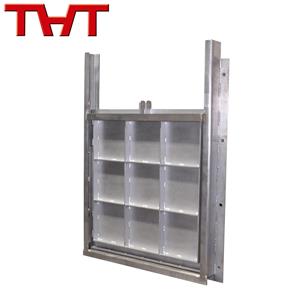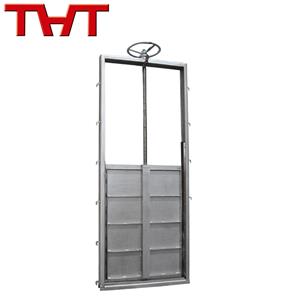What are the differences between a Tilting check valve and a common check valve?
1.Ordinary check valves only achieve unidirectional shut-off and automatically open and close based on the pressure difference of the medium. They have no speed control function and are prone to impact when closed. The water check valve adds a slow-closing anti-hammer design on the basis of the cut-off function. By using a dedicated device to control the closing speed of the valve disc, it can reduce the water hammer impact during backflow and protect the system equipment.(Picture:DN1200 tilting check valve with weight hammer)
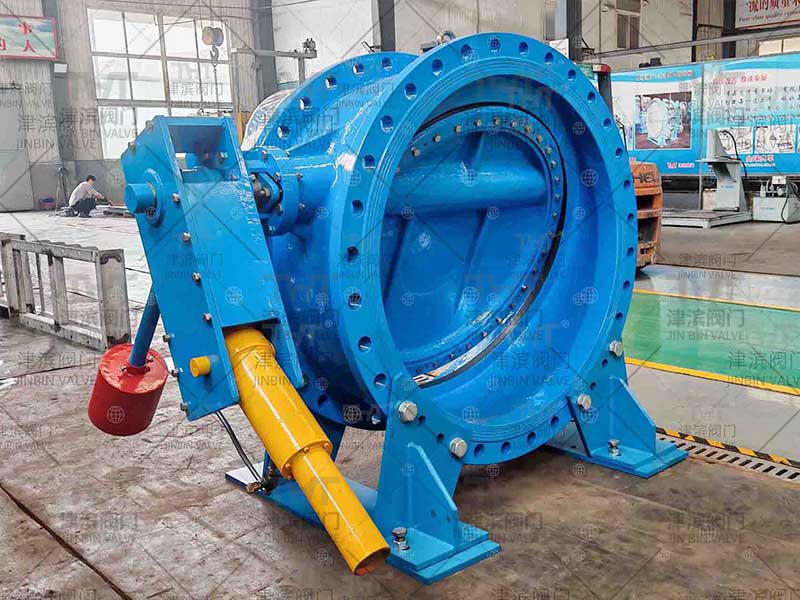
2.Differences in structural composition
A common check valve has a simple structure, consisting of a valve body, a disc, a valve seat and a reset mechanism (spring or gravity). Its opening and closing are completely dependent on the thrust of the medium. The micro-resistance slow-closing flanged check valve is equipped with a slow-closing control mechanism (such as hydraulic damping and spring buffer components) on this basis, which can close in stages (first quickly close 70%-80%, and then slowly close the remaining part).
(Picture:DN700 tilting check valve with weight hammer)
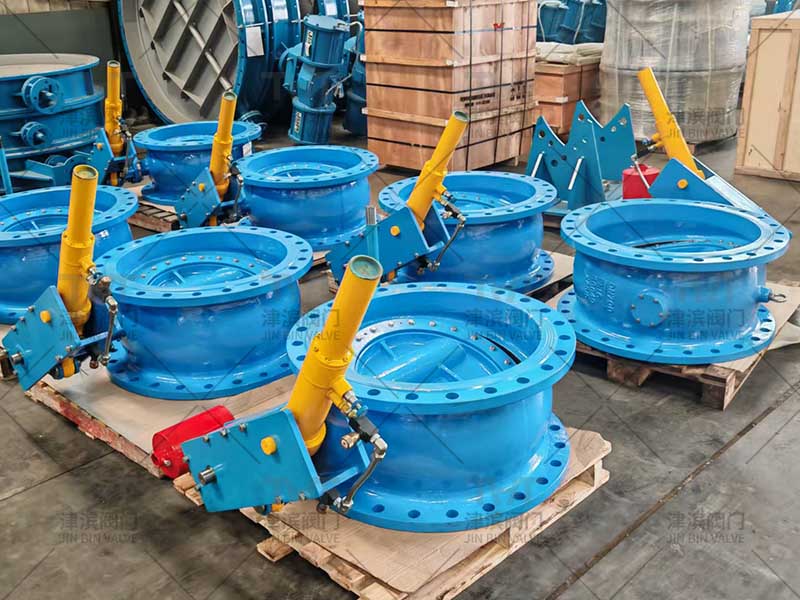
3.Fluid Resistance and water hammer Control
Due to structural limitations, the common check valve has a relatively large forward resistance and a fast closing speed (0.5 to 1 second), which can easily cause severe water hammer, especially posing a significant threat in high-pressure and high-flow systems. The butterfly check valve reduces the forward resistance (i.e., "micro-resistance") through a streamlined design and extends the closing time to 3-6 seconds, which can control the peak water hammer within 1.5 times the working pressure and significantly weaken the impact.
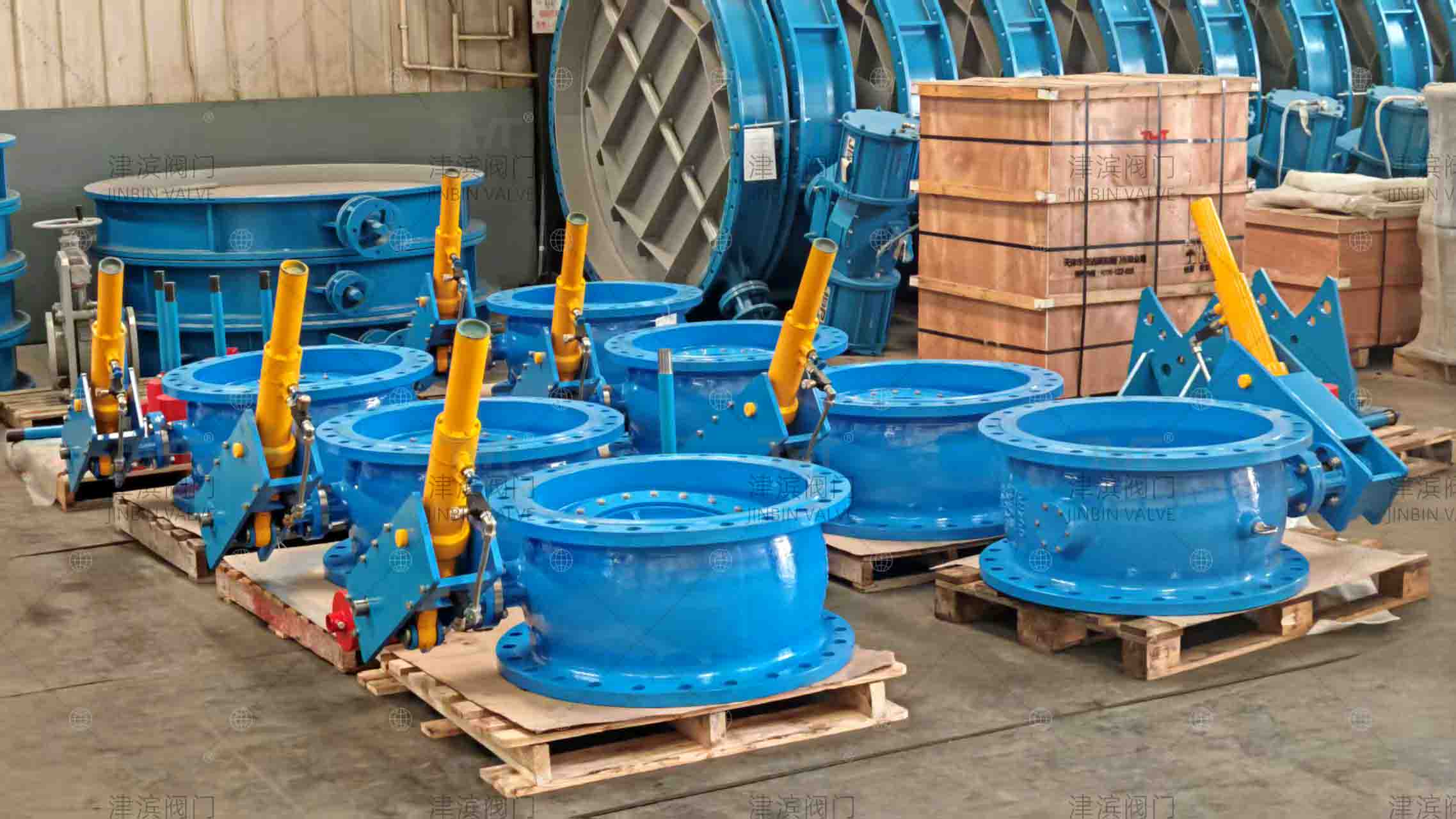
4.Different applicable scenarios
Ordinary check valves are suitable for scenarios with low pressure (≤1.6MPa), small flow (pipe diameter ≤DN200), and insensitivity to water hammer, such as branch pipes for domestic water supply and the outlets of small water heaters. The micro-resistance slow-closing non return valve is suitable for high-pressure (≥1.6MPa) and large-flow (pipe diameter ≥DN250) systems, such as high-rise building fire water supply, large pump outlets, industrial circulating water systems and other critical scenarios.
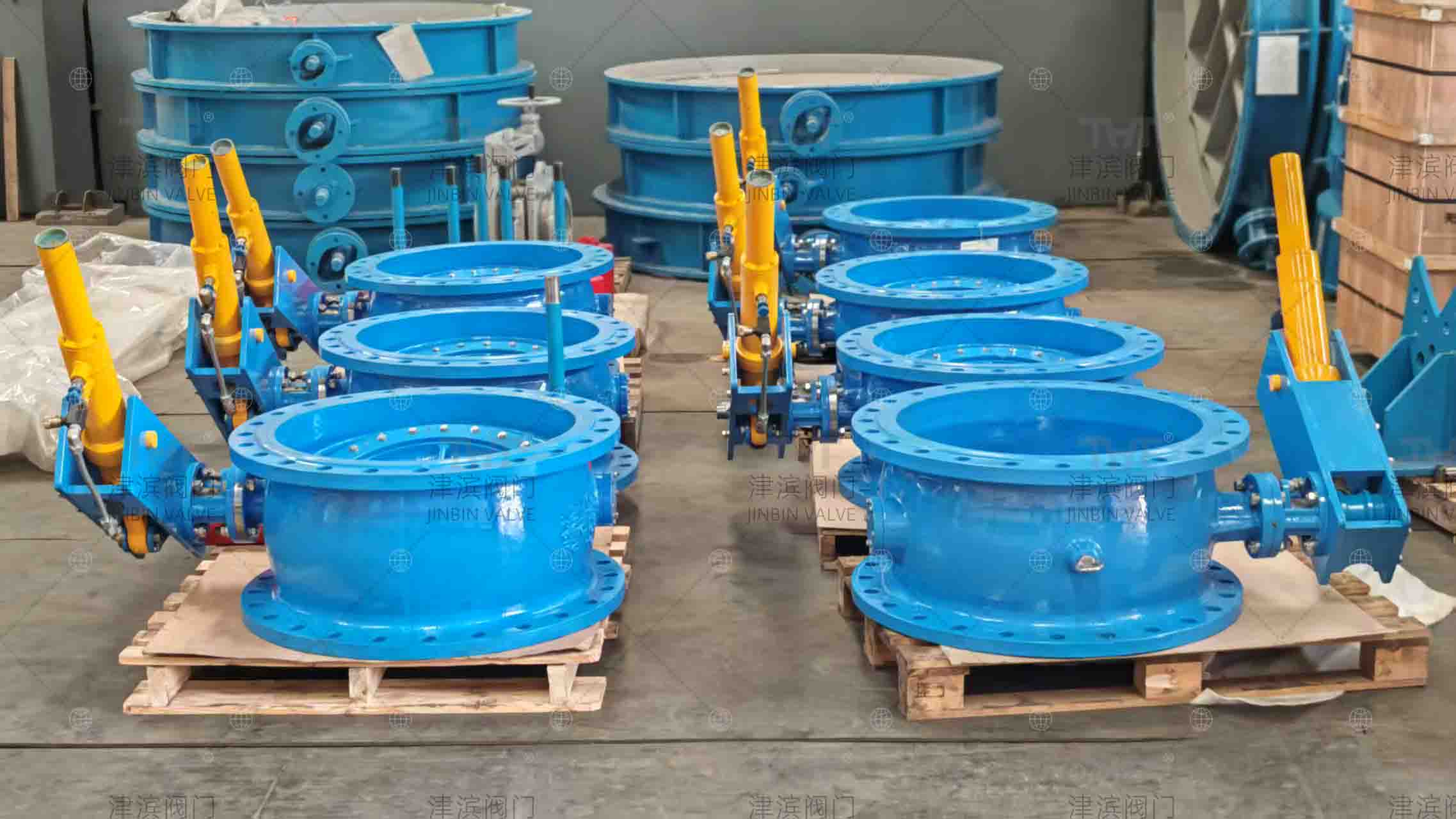
5.Maintenance and Cost
Ordinary check valves have no complex accessories, have a low failure rate, are easy to maintain and have low costs. Due to the presence of a slow-closing mechanism, the micro-resistance slow-closing check valve may encounter problems such as damping oil leakage and spring aging, resulting in slightly higher maintenance frequency and cost. However, considering the overall system protection function, it offers better cost performance in critical scenarios.
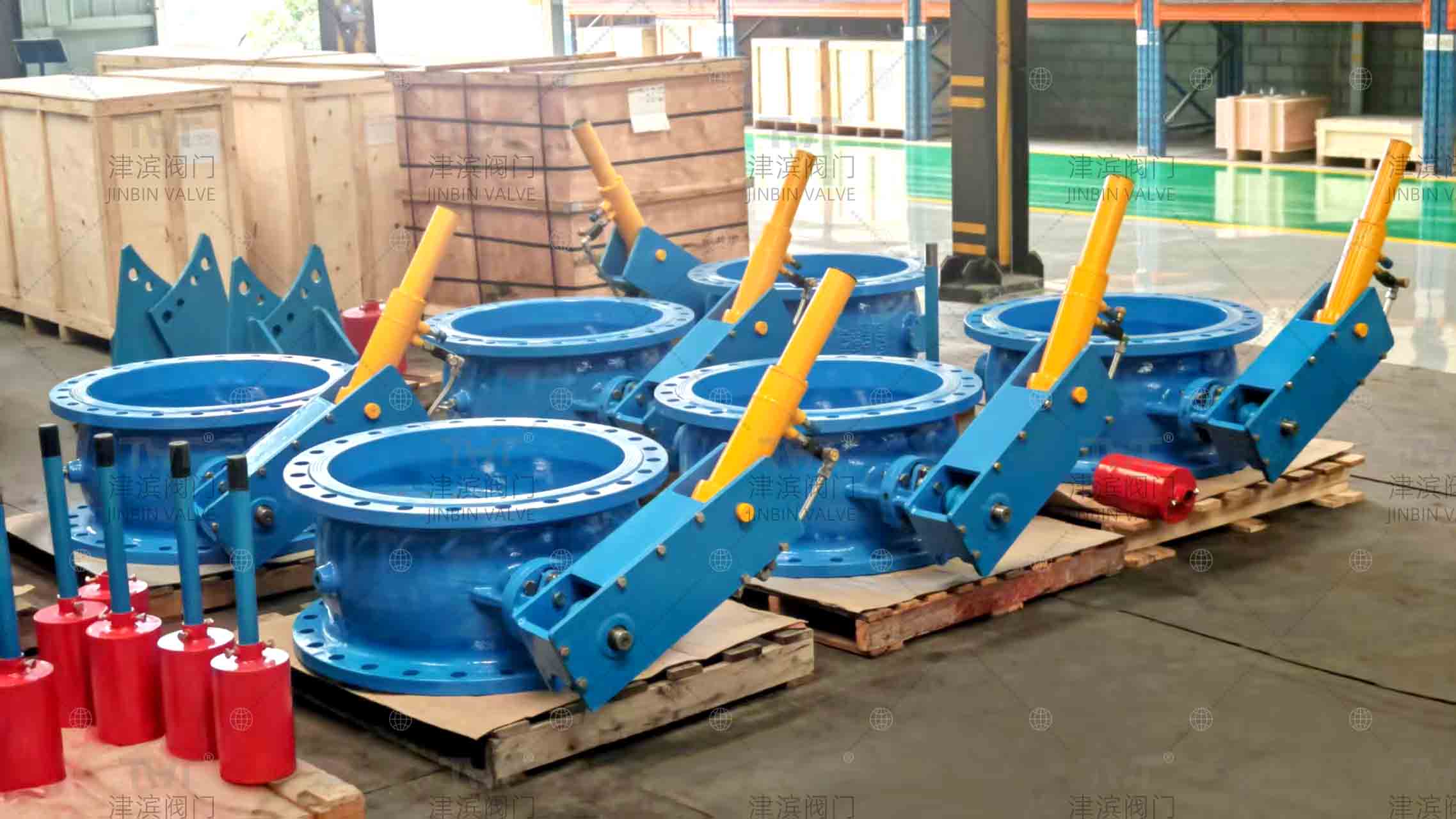
Therefore, the core difference between the two lies in whether they have a slow-closing anti-hammer function: ordinary check valves focus on basic shut-off, while micro-resistance slow-closing check valves achieve low resistance and shock resistance through structural optimization, making them the preferred choice for high-pressure and high-flow systems.
As a valve manufacturer with 20 years of experience, Jinbin Valve has always guaranteed the quality of its products and services. If you have any related needs, please contact us below and you will receive a reply within 24 hours!

